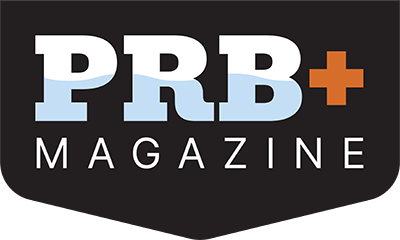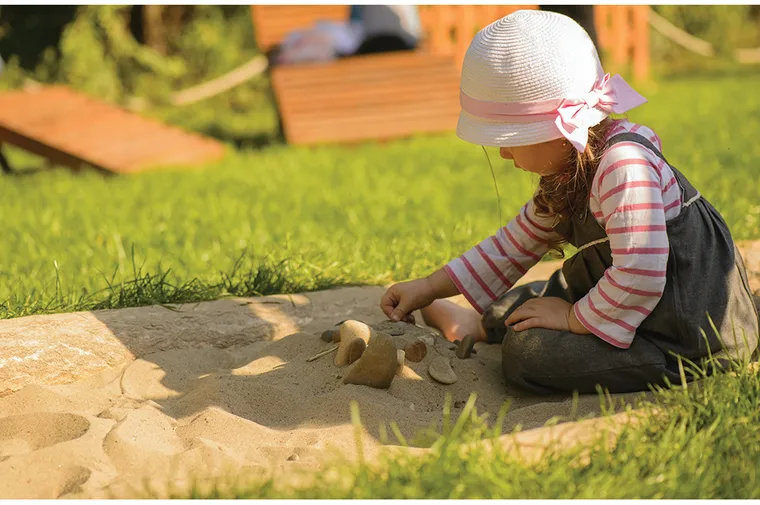Pioneering the future of inclusive recreation
By Adam Arndt
Moss Universal Park is a revolutionary, innovative project designed to create a universally inclusive recreational space. Scheduled to break ground in spring 2025 and open by fall in Wauwatosa, Wis., the park will set a new benchmark for accessibility and inclusivity in public spaces across the country.
Redefining Inclusivity In Parks
Moss Universal Park will be the first of its kind in the United States, aiming to bridge the gap between accessibility and true inclusivity. While the Americans with Disabilities Act (ADA) has been in place for more than three decades, the park aspires to go beyond mere compliance to offer a space where individuals of all ages and abilities can fully engage. From the forest trails to the baseball fields, and from sensory rooms to picnic areas, every aspect of the park is designed with inclusivity in mind.

